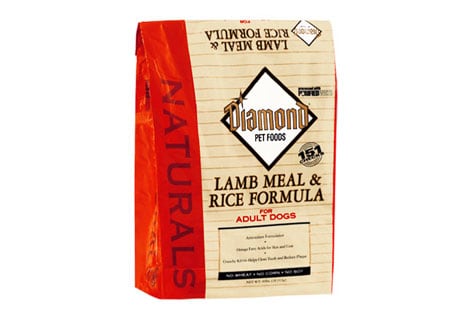The canine parvovirus (or just "parvo") infection is a highly contagious virus affecting dogs. The most common form affects the intestinal tract causing lethargy, vomiting, bloody diarrhea, and loss of appetite.
The less common form affects very young puppies and can attack the heart muscle, usually leading to death. The intestinal form is usually seen in puppies six weeks to six months old. I have, however, diagnosed Parvo in dogs 9 months to 1 year old that have not been vaccinated.
Transmission

Diagnosis
If you suspect your puppy may have Parvo, the quickest way to diagnose it is a rectal swab snap-test that takes approximately 10 minutes to complete in the clinic. There are also confirmatory tests available through external laboratories if a false negative is suspected. Diagnosis is important to predict length of illness and treatment needed.
Treatment
There is no cure for Parvo. The only treatment is supportive care including fluids to re-hydrate, antibiotics to treat secondary bacterial infections, and medication to combat nausea and diarrhea. This virus can cause death, even despite treatment.
No one can predict the severity of illness for each puppy. Some puppies may need minimal treatment and some may need intensive care including hospitalization, intravenous fluids and medications for a week or more.
Vaccination is THE ONLY way to prevent illness from Parvovirus! Please vaccinate your dogs!

My 2 Cents
I get very upset when I see puppies with Parvo because it is preventable. If you have recently adopted a puppy, try to avoid public places like dog parks, kennels, and pet stores. Even though a dog may be adequately vaccinated for Parvo and not currently ill, they can carry the virus.
If your puppy has had a vaccination at 8 weeks old, this is NOT ADEQUATE PROTECTION! They need boosters every 3-4 weeks until they reach 4 months old to be protected. If you don't know the vaccination status of your new puppy, assume they have never been vaccinated.
BE PROACTIVE IN YOUR PUPPY'S HEALTH!



